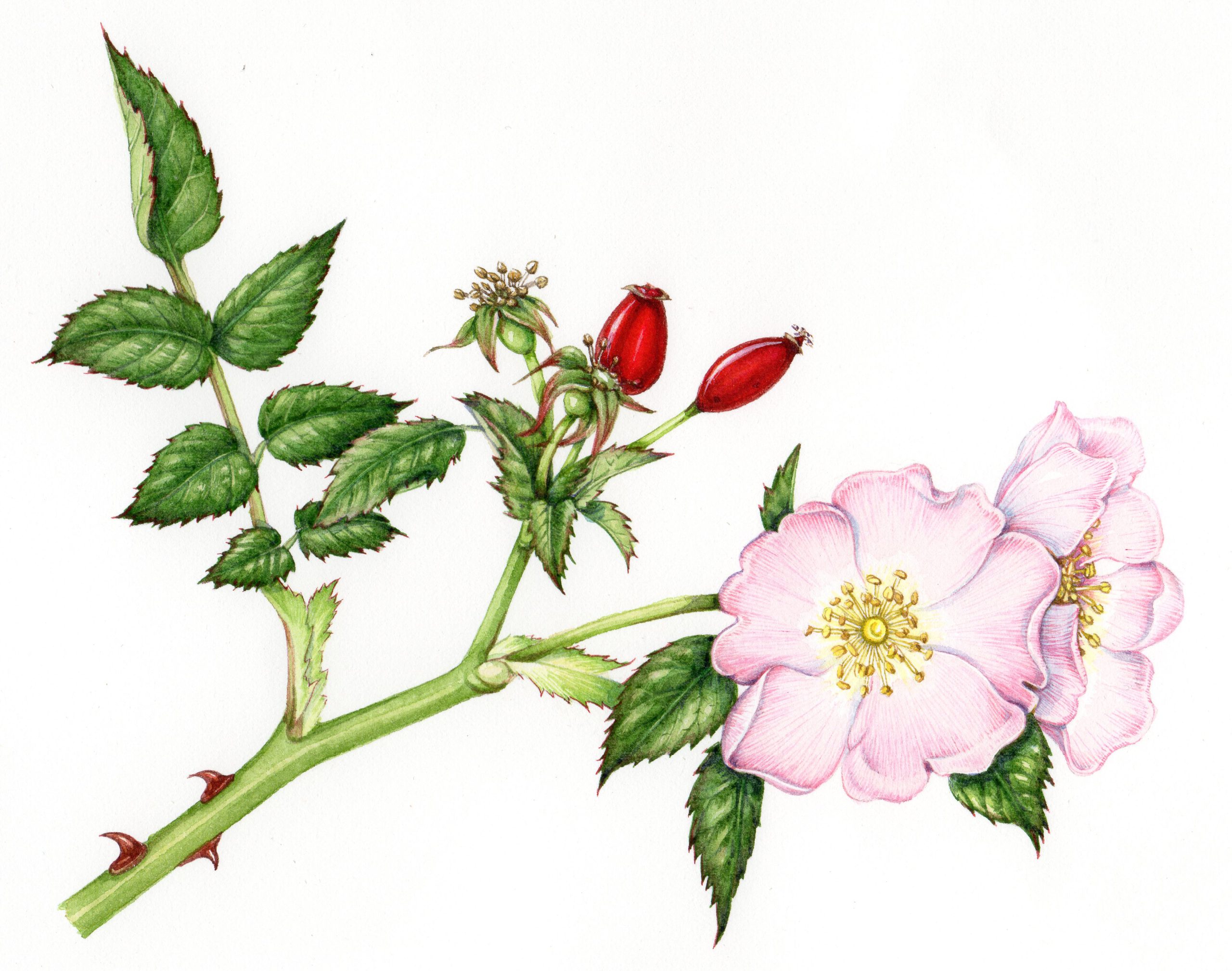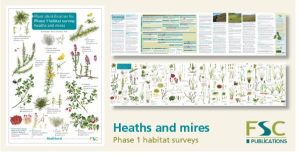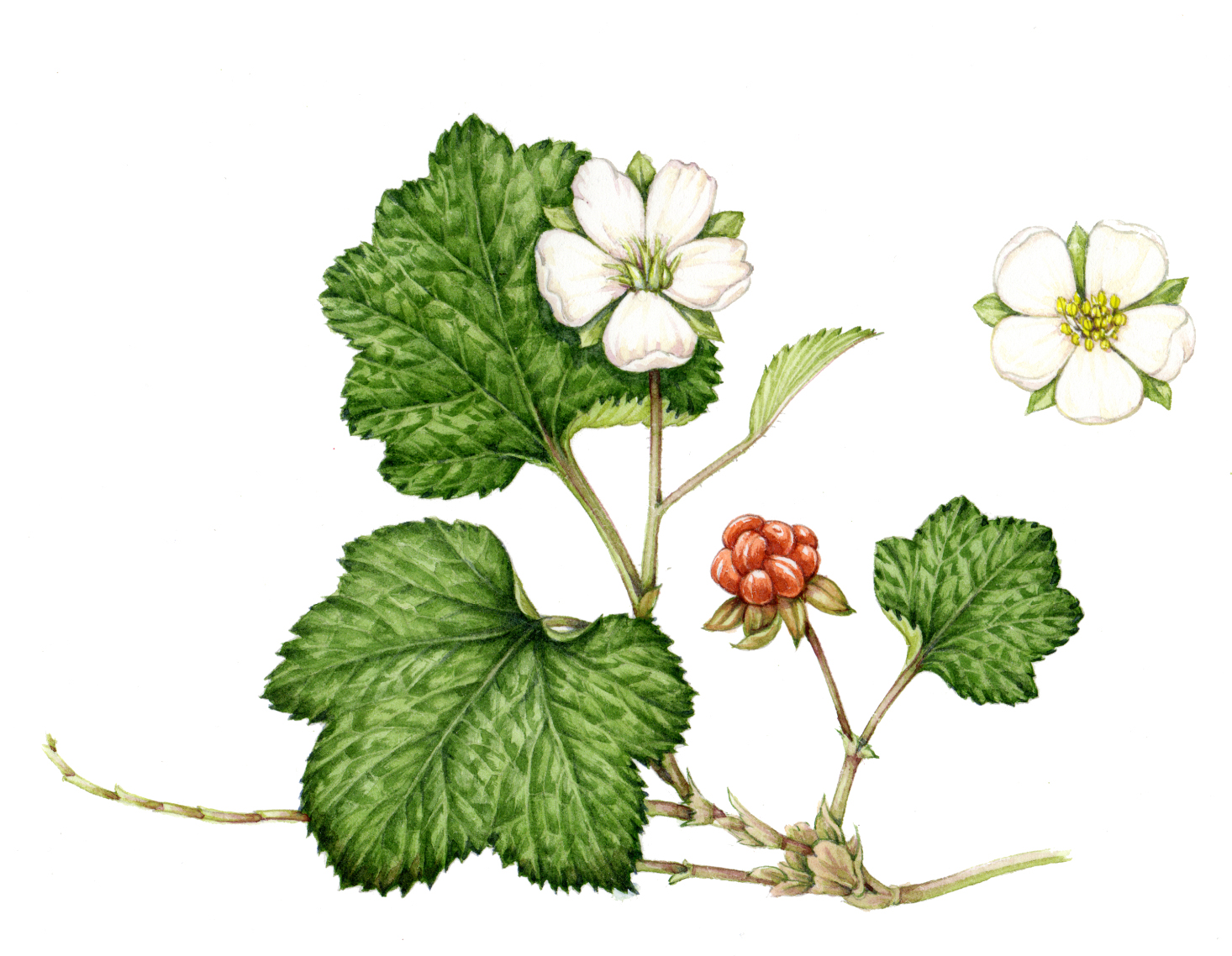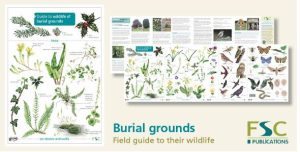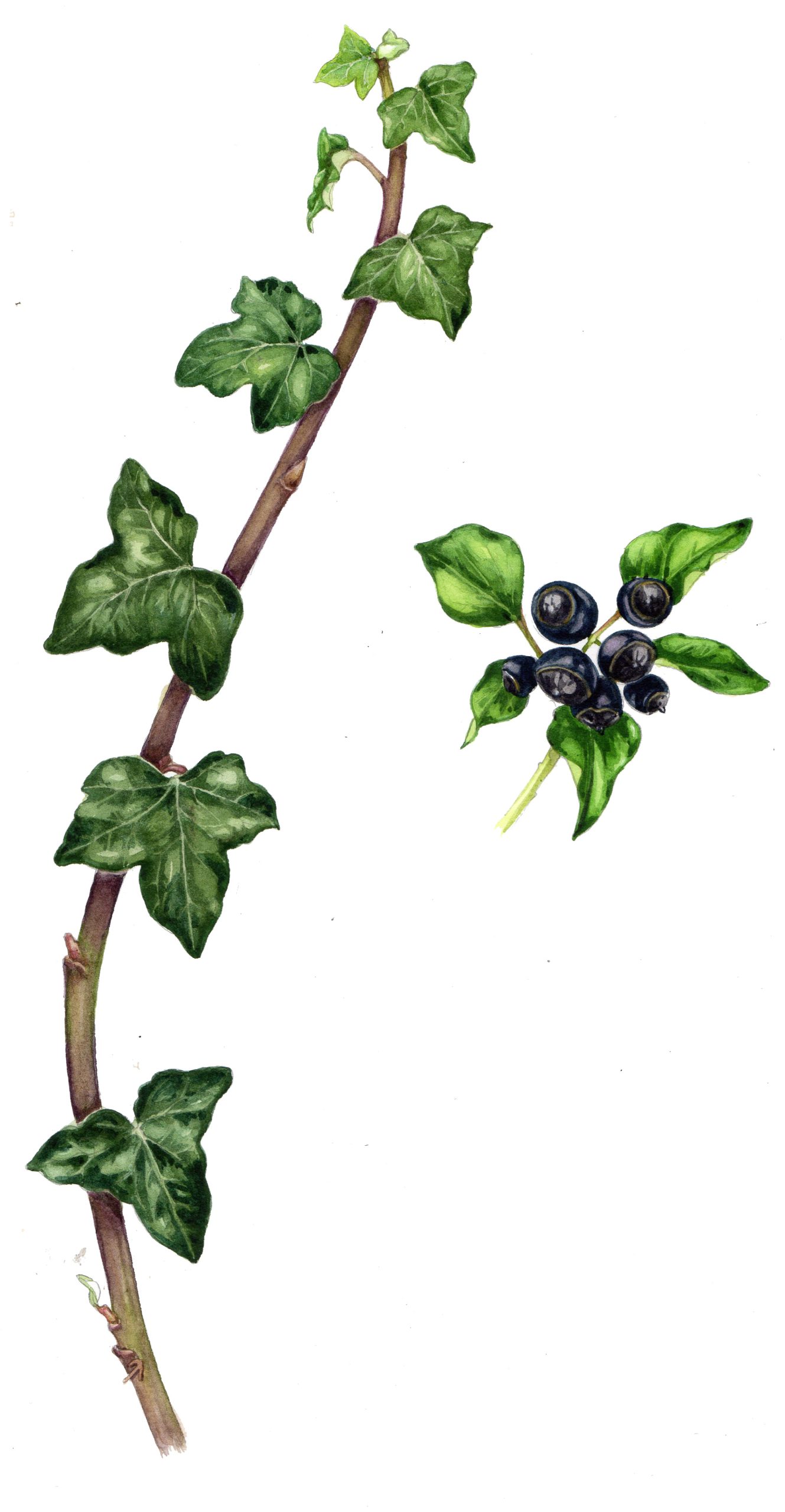Job Showcase
Identification charts
Some examples of identification charts where by natural history and botanical illustrations have been used. Many are produced by FSC.

FSC Ancient Woodland Plants Chart
Botanical illustrations for identification chart showing indicator species of Ancient woodland habitatsBotanical illustrations for the Field Studies Council Ancient Woodland Plants Chart. Over 25 indicator plants with their species specific traits made clear for easy identification in the field.
https://www.field-studies-council.org/publications/pubs/ancient-woodland-indicator-plants.aspx
FSC Foraging Chart
Botanical illustrations for identification chart showing common edible wild flowers and plant speciesBotanical illustrations for identification foraging chart showing common edible wild flowers and plant species. Over 25 indicator plants with their species specific traits made clear for easy identification in the field.
https://www.field-studies-council.org/publications/pubs/foraging-chart.aspx
FSC Chart Phase1 Grassland and Marsh
Botanical illustrations for identification chart showing Phase 1 Grassland and marsh wild flower and plant speciesBotanical illustrations for identification chart showing Phase 1 Grassland and marsh wild flower and plant species. Featuring 44 indicator species, this guide is designed to help you carry out a Phase 1 habitat survey of grassland and marsh habitats, following the guidelines set out in the JNCC Handbook.
https://www.field-studies-council.org/publications/pubs/marsh-and-grassland-phase-1-habitat-survey.aspx
FSC Chart Phase 1 Heath and Mires
Botanical illustrations for identification chart showing Phase 1 Habitat survey heath and mire wild flower and plant speciesBotanical illustrations for identification chart. This chart shows Phase 1 Heath and Mire wild flower and plant species. Featuring 62 indicator species, this guide is designed to help you carry out a Phase 1 habitat survey of heath and mire habitats. Follow the guidelines set out in the JNCC Handbook.
https://www.field-studies-council.org/publications/pubs/heaths-and-mires-phase-1-habitat-survey.aspx
FSC Chart Wildlife of burial grounds
Botanical illustrations for identification chart showing common wild flower and plant species to be found in burial grounds and churchyards.Botanical illustrations for the Field Studies Council Wildlife of Burial Grounds chart. Churchyards, cemeteries and burial grounds are found all across the UK. Many have become living sanctuaries for wildlife. This chart features many plants and animals to be found, and gives a brief insight into the history and ecology of these special places.
https://www.field-studies-council.org/publications/pubs/wildlife-of-burial-grounds-chart.aspx


















